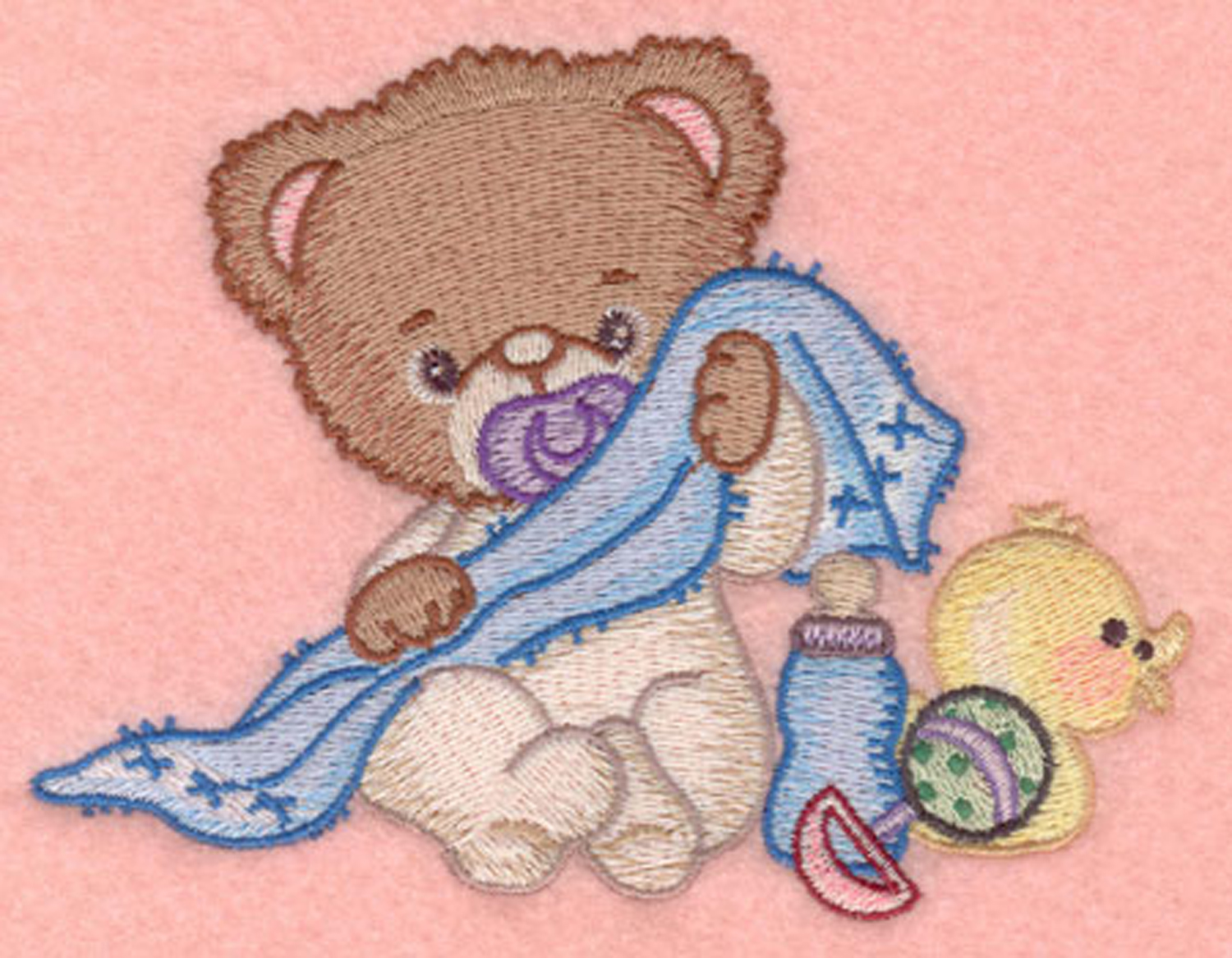TOWEL EMBROIDERY DIGITIZING

1) Fabric Type: Towels typically have a thicker and more textured surface compared to other fabrics. The digitizer must account for this texture and adjust the digitized design accordingly to ensure that the stitches lay properly on the towel surface.
2) Stitch Density: Due to the absorbent nature of towels, the digitized design may require adjustments to the stitch density to ensure that the embroidery remains visible and does not become lost within the fabric.
3) Underlay Stitching: Underlay stitching, which provides a foundation for the top stitches, is crucial for achieving good embroidery results on towels. The digitizer may incorporate different types of underlay stitches to stabilize the fabric and prevent shifting during the embroidery process.
4) Design Complexity: Intricate designs with fine details may need to be simplified or adjusted to ensure that they embroider cleanly on towels. This may involve modifying the design’s elements or choosing appropriate stitch types to maintain clarity.
5) Color Selection: The digitizer selects thread colors that complement the towel fabric and achieve the desired visual effect. Vibrant and contrasting colors often stand out well on towels.

Once the digitization process is complete, the resulting digital embroidery file is loaded into an embroidery machine, which stitches the design onto the towel according to the programmed instructions. Towel embroidery digitizing enables the creation of custom embroidered towels that can be used for personal or commercial purposes, adding a touch of style and individuality to everyday items.

